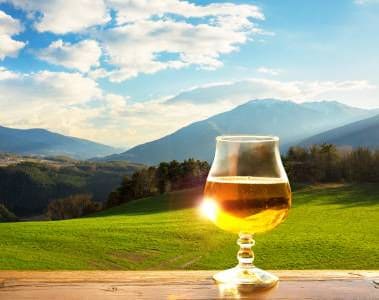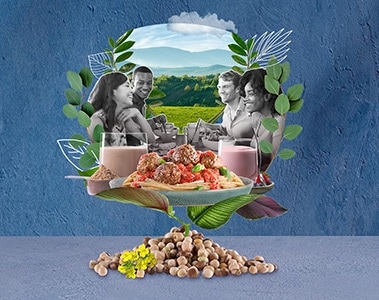
Keep the flavor, hold the alcohol
10 Jan 2024
Once upon a time if you walked into a coffee bar and asked for a ‘skinny latte’ you would have been met with a puzzled expression. Today of course, it’s big business.
So, could we be about to see the ‘skinny beer’ come of age in the brewing world?
From the Slightly Mighty (a 4 percent ABV, 95-calorie “Low-Cal IPA) to major brands like Michelob and their 95-calorie Ultra brand we’re seeing the gradual emergence of the sub-100-calorie beer. Much like the Craft Revolution of recent years, this trend is being driven by a new (and ever-growing) wave of younger, discerning consumers.
But this thirst for a different beer drinking experience is not just about lower calories.
We all know that today’s discerning beer drinkers are looking for more choice. The key question is, what precisely will they be choosing? And how could we as a brewing industry react to this in what we all know are very challenging times?
Our report revealed that beer appears to be increasingly viewed by consumers as a Premium product. But ‘Premium’ isn’t just about taste anymore...
In particular, our research indicated a strong demand not just for low-calorie beer but also for gluten-free beers, ‘local’ beers (and no-low-alcohol beers).
Most importantly, we found that consumers are ready and willing to pay for these attractive new functional beer benefits.
It’s becoming clear that climate change will likely impact the quality and availability of raw materials, which will have damaging effects for both producers and consumers. In addition, sustainable brewing enables cost savings, which can drive improved performance. In response, brewers are making commitments to more sustainable brewing practices.
Heineken, for example, launched its ‘Drop the C’ program to articulate its ambitions for reduced carbon emissions. Carlsberg is using glue (instead of plastic) to keep six packs of beer cans together (read about their sustainable initiatives here), and ABInbev is running a program to support local farmers in Africa from which they source cereals for brewing. You can read more about ABInbev's sustainable ambitions here.
Smaller breweries want to make a difference too, and conversations in the world of craft brewing increasingly revolve around the opportunities to embrace and drive sustainability agendas.
I’d like to add that our report tallies with my own ‘personal’ research.
My brother recently took me to one of the new craft beer pubs in my hometown of Porto. As an avid beer drinker (being from northern Portugal, it’s usually Super Bock all the way for me), I was astonished to find a vast array of beers.
Each had its own story: where it came from, how it was brewed, where the ingredients were sourced from…it was like reading a beer autobiography! The highlight? Well there were two.
The first was a super high-end beer, aged in Porto wine barrels! The second, a beer produced using solar energy – which for me is a major point of difference because I don’t want to drink beer with a huge carbon footprint.
Both had one very important characteristic in common:
They were premium and highly differentiated products that consumers (like myself) were very happy to pay a premium price for.
A ray of hope for open-minded brewers everywhere.
Here at DSM we recently asked 1,000 beer drinkers spread across four continents about the upcoming trends as part of our latest (independently conducted) Global Insights Report.
Our experts are always ready to help you
13 August 2022

10 Jan 2024


